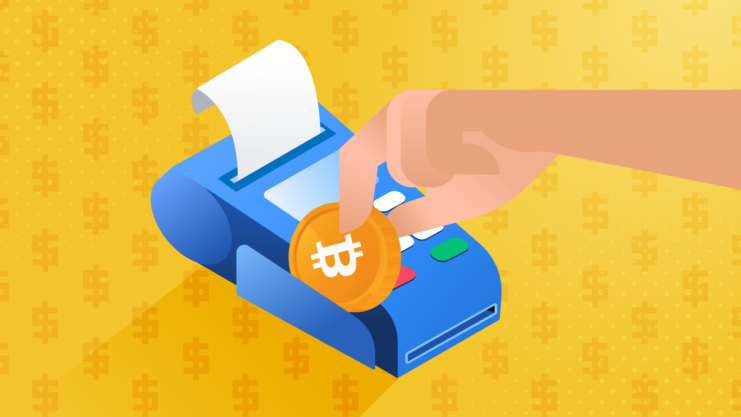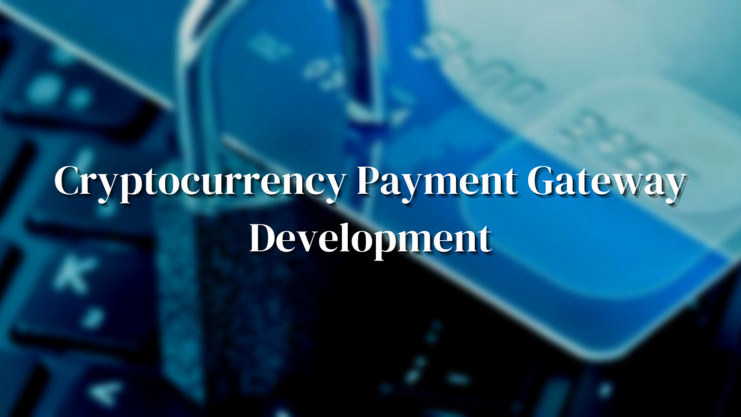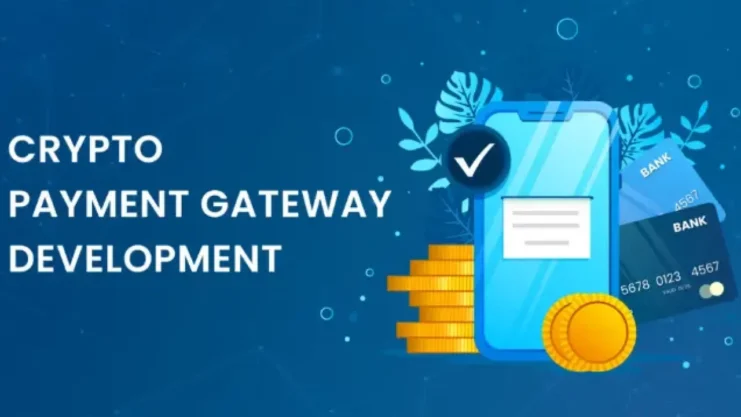Crypto payment gateways are emerging as a pivotal component in the realm of online transactions, bridging the gap between traditional financial systems and the burgeoning world of digital currencies. They offer distinct advantages over conventional payment methods, such as lower transaction fees and unparalleled global accessibility.
This post delves into the intricacies of creating a crypto payment gateway, aiming to demystify the process and ensure seamless transactions. By the end, you’ll have a comprehensive understanding of the steps involved and the benefits these gateways bring to both businesses and consumers.
Understanding Crypto Payments

Cryptocurrencies, at their core, are digital or virtual currencies that leverage cryptography for enhanced security. Unlike traditional currencies, they operate independently of a central authority, making them inherently decentralized. This decentralization is primarily facilitated through blockchain technology, a digital ledger recording all transactions. This technology not only ensures security and transparency but also allows for swift and efficient online transactions. Understanding cryptocurrencies and their underlying mechanisms is crucial for anyone looking to venture into creating a crypto payment gateway, as it forms the backbone of this innovative payment system.
Benefits of Crypto Payment Gateways
The adoption of crypto payment gateways such as Cryptomus brings forth a multitude of benefits, primarily catering to the evolving needs of modern businesses and consumers. One of the most significant advantages is the dramatic reduction in transaction fees. By eliminating traditional intermediaries like banks and payment processors, these gateways minimize costs associated with transactions. Additionally, they facilitate instantaneous global transactions, transcending geographical boundaries and currency barriers. This global reach not only opens new markets for businesses but also offers consumers more diverse purchasing options.
Identifying Your Target Audience
The successful implementation of a crypto payment gateway hinges on a deep understanding of the intended user base. Cryptocurrencies, with their growing popularity, attract a wide range of users – from tech enthusiasts and privacy advocates to forward-thinking businesses seeking efficient transaction methods. By identifying and understanding the specific needs, preferences, and concerns of these diverse groups, developers can tailor the gateway to provide a more relevant and user-friendly experience. This audience-centric approach not only ensures greater adoption of the gateway but also fosters a sense of trust and loyalty among users, which is crucial in the competitive digital payments landscape.
Choosing the Right Cryptocurrencies

The selection of appropriate cryptocurrencies is a critical decision in the development of a payment gateway. While popular options like Bitcoin, Ethereum, and Litecoin might be obvious choices, it’s important to consider a variety of factors such as transaction speed, network fees, market stability, and user preference. For instance, some cryptocurrencies offer faster transaction times but may have higher network fees, while others might offer greater stability but lower market penetration. The key is to balance these factors in line with the needs of your target audience and the specific use case of your payment gateway.
Compliance and Legal Considerations
Navigating the legal landscape of cryptocurrencies is a pivotal aspect of developing a crypto payment gateway. The regulatory environment surrounding digital currencies varies significantly across different jurisdictions, and it is imperative to ensure compliance with local laws and regulations. This includes understanding the legal status of cryptocurrencies in your target market, adhering to anti-money laundering (AML) and know your customer (KYC) regulations, and ensuring data privacy and security standards are met. Failure to comply with these legal requirements can result in significant legal and financial repercussions.
Security Measures
Security is the cornerstone of any financial transaction system, and crypto payment gateways are no exception. Implementing robust security measures is essential to protect against fraud and cyberattacks. This includes utilizing advanced encryption techniques to safeguard transaction data, implementing multi-signature wallets to enhance fund security, and adhering to secure coding practices to prevent vulnerabilities. Additionally, regular security audits and updates are vital to stay ahead of emerging threats.
Developing the Payment Gateway

Building a crypto payment gateway involves several key steps. It starts with choosing a suitable development framework and programming language that align with your technical requirements and expertise. Integrating blockchain technology is central to this process, as it facilitates the actual transaction of cryptocurrencies. This step involves setting up nodes on the chosen cryptocurrency networks and ensuring seamless transaction processing. Additionally, developing APIs for easy integration with other systems and creating a scalable infrastructure to handle varying transaction volumes are critical.
User-Friendly Interface
A user-friendly interface is paramount in ensuring the accessibility and ease of use of your crypto payment gateway. This involves designing an intuitive and straightforward interface that caters to both novice and experienced users. The focus should be on simplifying the transaction process, providing clear instructions, and ensuring that key information is readily available. Responsive design is also crucial to accommodate different devices and screen sizes. A well-designed interface not only enhances user experience but also plays a significant role in driving adoption and customer satisfaction.
Integration with E-commerce Platforms
For a crypto payment gateway to be effective, it must integrate seamlessly with existing e-commerce platforms. This involves developing plugins or modules for popular platforms like Shopify, WooCommerce, and Magento. The integration process should be straightforward, allowing online merchants to easily add cryptocurrency payment options to their websites. It’s also important to provide merchants with tools to manage transactions, such as real-time transaction tracking, refund capabilities, and conversion to fiat currencies if required. Effective integration not only expands the reach of your payment gateway but also provides merchants with a competitive edge by offering diverse payment options to their customers.
Testing and Quality Assurance

Rigorous testing and quality assurance are critical to the success of a crypto payment gateway. This process involves thoroughly testing the gateway under various scenarios to ensure its functionality, security, and scalability. It includes testing for transaction processing speed, security vulnerabilities, user interface effectiveness, and compatibility with different cryptocurrencies and e-commerce platforms. Beta testing with a select group of users can also provide valuable feedback for improvements.
Launching and Marketing
Launching your crypto payment gateway involves more than just making it live. It requires a strategic marketing plan to reach your target audience and gain user adoption. This can include online marketing campaigns, partnerships with e-commerce platforms, and engaging with the crypto community. Providing educational resources about the benefits and use of your gateway can also help in building a user base. Post-launch, it’s important to gather user feedback for continuous improvement and to stay updated with market trends and technological advancements.
Conclusion
Creating a crypto payment gateway offers a world of opportunities in the digital payment space. By understanding the needs of your audience, choosing the right cryptocurrencies, ensuring compliance and security, and focusing on user experience, you can build a successful and reliable gateway. Remember, the journey doesn’t end with the launch; continuous improvement and adaptation are key to staying relevant in this rapidly evolving industry. We encourage you to embark on this exciting venture and contribute to the future of digital transactions.












